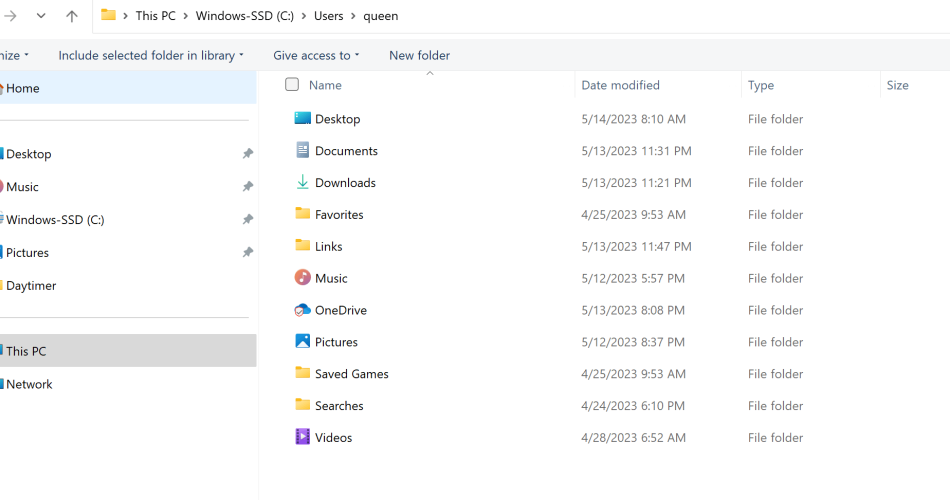Are you struggling to find the AppData folder in Windows 10? Look no further! In this article, we’ll show you two easy methods to access this hidden folder and unlock application settings, configurations, and data.
What is the AppData Folder?
The AppData folder is a hidden folder in Windows 10 that stores application settings, configurations, and data. It’s a crucial folder for developers, power users, and anyone who wants to customize their Windows experience. It contains three subfolders: Local, LocalLow, and Roaming. Each of these serves a different purpose:
- Local: Stores application data specific to your computer. This data is not synchronized with other computers.
- LocalLow: Contains data that requires lower security access, such as files used by web browsers in Protected Mode.
- Roaming: Contains data that can roam with a user profile, allowing settings to be synchronized across multiple devices.
Using File Explorer
- Open File Explorer:
- Press
Win + Eto open the File Explorer.
- Press
- Enable Hidden Items:
- At the top of the File Explorer window, click on the View tab.
- In the Show/Hide section, check the box labeled Hidden items. This will allow you to see hidden files and folders on your system.
- Navigate to the AppData Folder:
- Go to
C:\Users\YourUsername\AppData. - Replace “YourUsername” with your actual Windows username.
- You’ll now see the
Local,LocalLow, andRoamingfolders.
- Go to
Understanding the Subfolders:
- Local: For non-synced settings and temporary files. Examples: browser cache, application logs.
- LocalLow: For files that need lower security permissions, used by certain applications. Examples: Internet Explorer files, Adobe programs.
- Roaming: For user-specific data that needs to sync across devices. Examples: browser profiles, Microsoft Office settings.
Common Uses:
- Troubleshooting: You may need to access the
AppDatafolder to delete or backup specific settings or cached files. - Backup: You can back up critical settings, like bookmarks or email profiles, stored in
Roaming. - Clean Up: Deleting temporary files in
Localcan help free up space on your system.
Using the Run Dialog Box
- Open the Run Dialog Box:
- Press
Win + Rto open the Run dialog box.
- Press
- Direct Access to AppData:
- Type
%appdata%and pressEnter. - This will take you directly to the
Roamingfolder withinAppData.
- Type
- Navigate to Other AppData Subfolders:
- Once in the
Roamingfolder, you can click on AppData in the address bar to go up one level and access theLocalandLocalLowfolders.
- Once in the
Tips and Variations:
- Replace “YourUsername” with your actual Windows username.
- The AppData folder has three subfolders: Roaming, Local, and LocalLow.
- Be cautious when modifying or deleting files in the AppData folder, as it may affect application functionality.
Conclusion:
Finding the AppData folder in Windows 10 is easier than you think! By following our simple steps, you’ll be able to access application settings, configurations, and data. Remember to be careful when modifying files in this folder.
